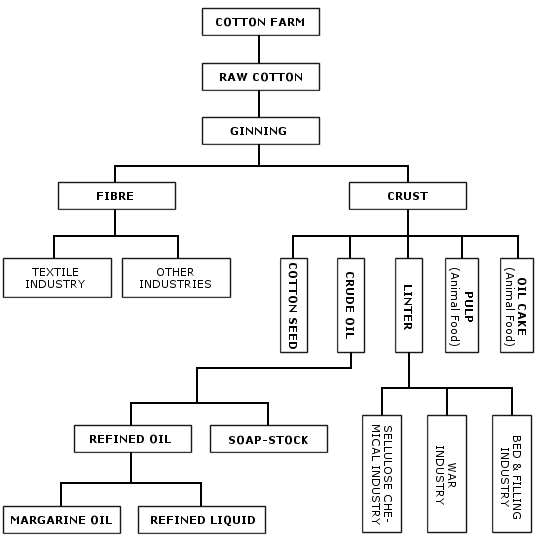|
AREAS FOR COTTON USAGE
|
|
|
|
|
|
Cotton which is cultivated is 69
countries today, has a great economical value with its fibre, with
the oil extracted from its crust and with the other by-products.
|
|
|
ITS PLACE IN HISTORY
The attendance of Anatolia in the World Cotton
Production dates back to 1900 years ago. Cotton was brought to
Anotolia from India in the 1.st century and was planted later during
Bizantium, Seljuk and Ottoman periods. Cotton types planted in those
periods were Old World cottons with bolls shut. USA originated
Upland varieties having open bolls and which conform to the
international demands were started to be brought beginning from the
19th century. Ottoman Empire took extensive measures by a law dated
27.01.1862, in order to improve the cotton agriculture. |
|
|
ECONOMICAL IMPORTANCE Cotton which is a vegetal textile raw material has an importatant role in the industry and trade of both our country and the world with various areas for usage. The rapid increase in the world population and in the living standards of the industrializing and developing countries have also increased the cotton consumption and the need for it. According to last data, the usage of cotton fibre has a share of %49 in all fibres being used and cotton fibre has the highest consumption percentage among the textile plants during the last ten years. In the last 30 years, world cotton consumption has reached to nearly 19 million tons by increasing over %50. Although the chemical fibres have still a higher share among the fibres consumed, the increase in people's passions towards natural matters and not being successful in the addition of many properties of natural fibres on that of chemical fibres, make cotton maintain its attraction increasingly. |
|
